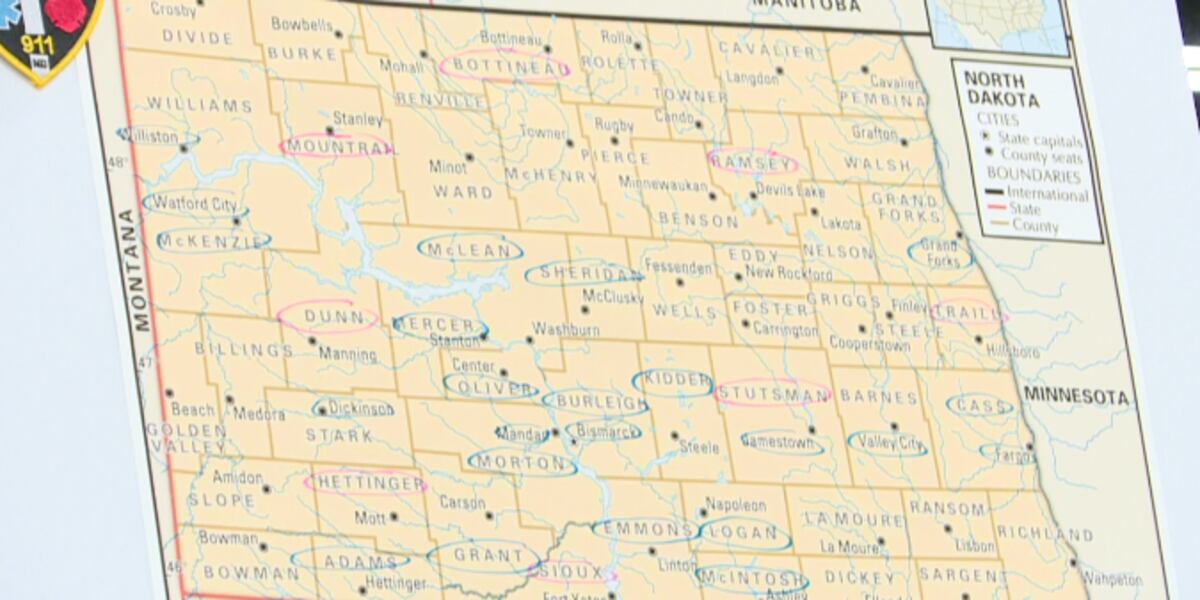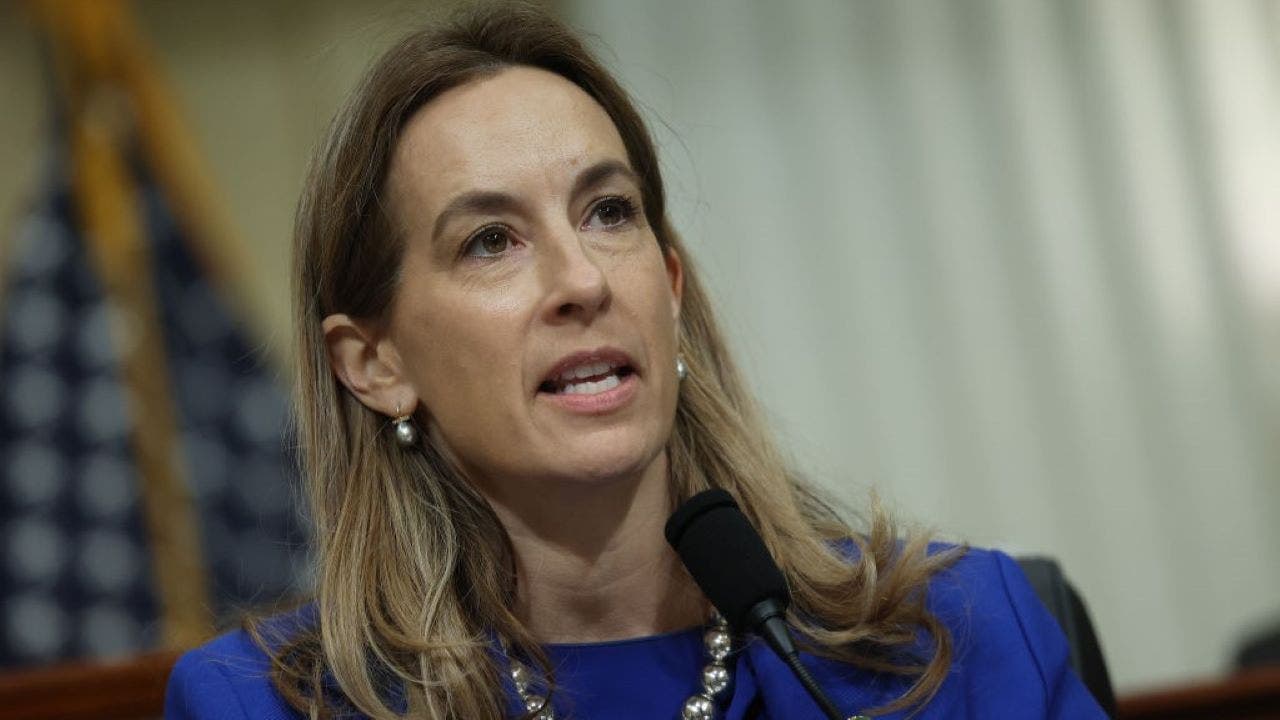North Dakota
Three Things We Learned: North Dakota

Welcome back everyone to Three Things We Learned for the 2024 season. Let’s take a look at the win over North Dakota this past weekend in the season opener.
The Passing Game is as Good as Advertised
The Cyclones started the game last week with a bang, scoring a touchdown in less than a minute with huge catches by Jaylin Noel and Jayden Higgins, which signaled an explosive start to the career of Taylor Mouser as the offensive coordinator.
We also saw what the passing game can do on long drives, as the Cyclones were able to dink and dunk their way down the field, largely getting whatever they wanted in the passing game. I think that same formula could be a major key to success for Iowa State against Iowa’s very strong defense.
I also think the Cyclones may have found their third wide receiver in Eli Green, which could prove to be a big boost going forward. Given that defenses will need to focus a ton of their attention on Noel and Higgins, having Eli Green as another option will make it near impossible to cover all of Iowa State’s passing options on a well-designed route pattern. Green plays extremely similarly to Noel, so he’s a natural fit in the offense.
Linebacker is Thin
Most Cyclone fans went into the season largely agreeing that linebacker was probably the weakest position group on the defense, and that turned out to be true on Saturday. What we didn’t know was how shaky the situation actually is, as we found out on game day that Will McLaughlin is out for an extended period of time, and Caleb Bacon went down with a significant injury in the first quarter.
Right now Kooper Ebel, Jack Sadowsky, Zach Lovett, and Cael Brezina look to likely be your top four linebackers, with Jacob Ellis and John Klosterman also getting snaps. The loss of Bacon caused a lot of issues and was likely a driving factor in the twelve-minute-long possession North Dakota was able to sustain immediately following the injury.
This week, Jon Heacock and the rest of the defensive staff will be busy getting that linebacker group stabilized and figuring out a plan to deal with Iowa’s running game and tight end Luke Lachey.
Young Talent is Abundant
Even though Iowa State is returning nineteen of twenty-two starters, there is still a significant number of young players expected to get significant snaps this season, and we saw a few of them in action Saturday.
I think Kooper Ebel and Jontez Williams both had their moments of youth, but otherwise had strong showings against North Dakota that illustrate why we’ve heard so much about them in the offseason and through camp. Ebel looked the part of blossoming into another strong player in Iowa State’s lineage of great linebackers, and Jontez Williams nearly cut off a pass to the flat and took it to the house.
Williams did admit in his postgame interview that he was guilty of getting ahead of himself and not watching the ball in before running to the endzone, which shows maturity on his part.

North Dakota
60 Fires reported across North Dakota over the weekend during Red Flag Warnings

FARGO, N.D. (Valley News Live) – The North Dakota Department of Emergency Services is reporting that crews responded to 60 fire starts over the weekend as the hot and windy conditions continue across the state.
Sunday alone saw the North Dakota Watch Center notified of 20 fires in 15 counties.
In total, over 1,100 acres of land burned over the weekend, in addition to the burning in the ongoing Turtle Mountain fire complex. Some significant fires include a 500 acre blaze Northeast of Glen Ullin, a field fire Northeast of McClusky that burned one tractor and 125 acres, and a fire southwest of Sherwood that burned an outbuilding.
Two grassfires broke out in the ongoing fire complex in the Turtle Mountain area. The total acreage estimate remains at 3,600 acres, is still active, and is anticipated to be a long-lived event.
Several fire crews have been staged throughout the state to respond to these fires and help local crews, including the North Dakota Wildland Taskforce, North Dakota Forest Service, and a team from Colorado.
Copyright 2025 KVLY. All rights reserved.
North Dakota
2 measles cases reported in Cass County

FARGO — The North Dakota Health and Human Services Department said two measles cases have been reported in Cass County, the first to be recorded in eastern North Dakota.
Human services said both cases are unvaccinated individuals who contracted the disease through international travel. One of them is hospitalized.
The health and human services department said members of the public who were at two Essentia Health locations in West Fargo and Fargo may have been exposed. Exposure may have occurred at the Essentia Health Clinic, 3150 Sheyenne St., Ste. 240, West Fargo, between 2:30 and 6 p.m. on Wednesday, May 7, or between 5:30 and 6 p.m., Friday, May 9, at the Essentia Health Walk-in Care, 52nd Avenue, 4110 51st Ave. S, Fargo.
The two new cases bring the total cases reported in the state to 11. The Cass County cases are not believed to be related to the nine cases recently reported near Williston, in Williams County.
The first case was reported Friday,
May 2, when the North Dakota Department of Health and Human Services said an unvaccinated child from Williams County contracted the virus, likely during an out-of-state visit. The number jumped to nine by Friday, May 9. Four of the individuals were contagious while inside three different Williston schools.
Individuals who have not received a dose of the measles, mumps, rubella (MMR) vaccine should quarantine, or stay home, and monitor for symptoms for 21 days.
Those who have been exposed but are vaccinated do not need to quarantine. However, the department of health and human services said they should still monitor for symptoms for 21 days after exposure.
Measles is a highly contagious, viral illness that can be fatal, particularly for young children and those with compromised immune systems. Measles spreads through the air and can remain in a room and on surfaces for up to two hours, sometimes even traveling between floors through ventilation systems.
Measles symptoms often include a fever, cough, runny nose or eye irritation followed by a body-wide rash. Measles spreads easily through the air and remains contagious for several days before and after symptoms appear.
There is no specific medical treatment for measles, though antibiotics may be used in cases with a developed secondary bacterial infection.
According to the state health department, most North Dakotans are vaccinated against measles, and the risk to the general public is low. People who were vaccinated as children and adults born before 1957 are considered protected due to previous infection.
“The MMR vaccine is 93% effective after one dose and 97% effective after two doses,” Molly Howell, state immunization director, said in a statement. “People who are vaccinated and exposed to measles are not likely to develop the disease. MMR vaccination is critical to preventing the spread of measles in the community.”
The MMR vaccine is recommended starting at 12 to 15 months of age, with a second dose at 4 to 6 years of age. Children who have already received two post-12-month doses of MMR are considered fully vaccinated.
For information about measles, vaccination, or local clinic availability, contact the HHS Immunization Unit at 701-328-2378 or 711 (TTY), or visit hhs.nd.gov/measles.
Our newsroom occasionally reports stories under a byline of “staff.” Often, the “staff” byline is used when rewriting basic news briefs that originate from official sources, such as a city press release about a road closure, and which require little or no reporting. At times, this byline is used when a news story includes numerous authors or when the story is formed by aggregating previously reported news from various sources. If outside sources are used, it is noted within the story.
North Dakota
North Dakota Crisis Chaplains help first responders across the state

BISMARCK, N.D. (KFYR) – The North Dakota Crisis Chaplains are ensuring the state’s first responders are being taken care of.
Its focus is on bringing chaplains and support to law enforcement and first responders in small, rural communities. The organization is already serving in 17 counties, and its goal is to serve in every county in the state.
“We thought everyone had what Bismarck had, and they didn’t. There were just a couple of pockets of active, trained, engaged chaplains serving first responder agencies, primarily in the cities,” said lead chaplain, Bryan Holchhalter. “There were maybe one or two small chaplain-served agencies in the state out of 53 counties, and some of those weren’t trained, some of those weren’t active, they weren’t during ride-alongs, they weren’t engaged with their departments, and there was basically a canyon of need.“
You can donate to the cause at ndcrisischaplains.com.
Copyright 2025 KFYR. All rights reserved.
-

 Cleveland, OH1 week ago
Cleveland, OH1 week agoWho is Gregory Moore? Former divorce attorney charged for murder of Aliza Sherman in downtown Cleveland
-

 News1 week ago
News1 week agoFamily statement: Rodney Hinton Jr. walked out of body camera footage meeting with CPD prior to officer death
-

 Politics1 week ago
Politics1 week agoTrump posts AI image of himself as Pope amid Vatican's search for new pontiff
-

 Politics1 week ago
Politics1 week agoRep. Mikie Sherrill suggests third Trump impeachment as she campaigns to be next New Jersey governor
-

 News1 week ago
News1 week agoAre Politicians Too Old? California Democrats Want to Debate an Age Cap.
-

 News1 week ago
News1 week agoFather Whose Son Was Shot by Cincinnati Police Hits Deputy With Car, Killing Him
-

 Technology6 days ago
Technology6 days agoBe careful what you read about an Elden Ring movie
-

 Culture1 week ago
Culture1 week agoPulitzer Prizes 2025: A Guide to the Winning Books and Finalists



















